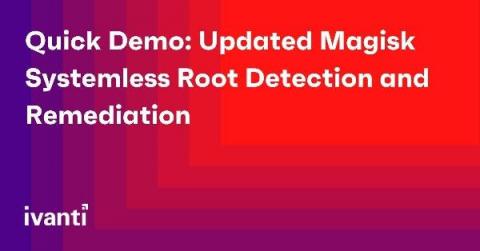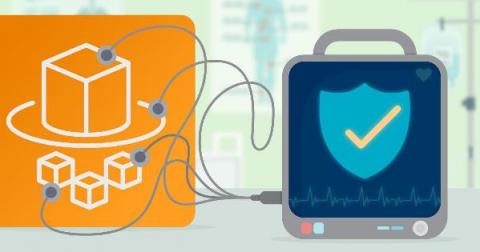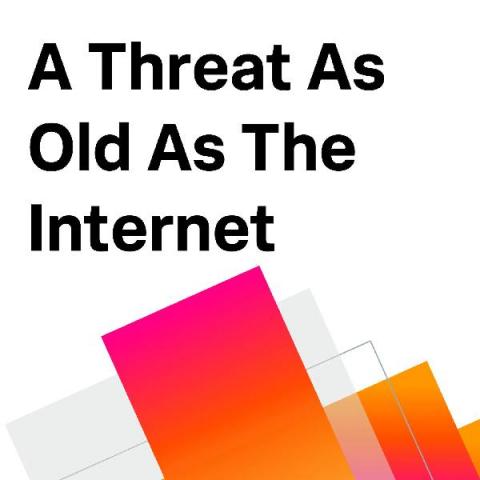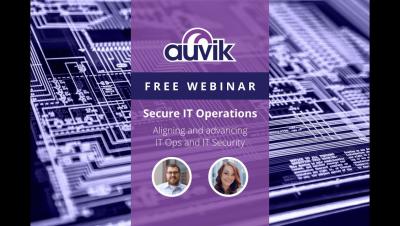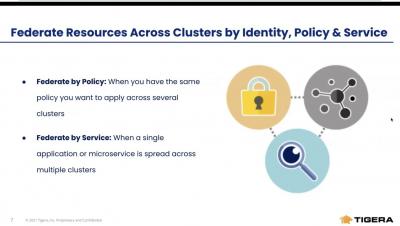Quick Demo: Updated Magisk Systemless Root Detection and Remediation
Magisk is a very sophisticated systemless rooting technique that can bypass Google's SafetyNet attestation and allow apps like Google Pay, many banking apps, and even Fortnite and Pokémon Go games to be installed on a rooted Android device. Rooting an Android device is popular to allow the user to customize and tweak their device by allowing the installation of third-party apps and tools, removavl of bloatware, and speed up the processor and network.


